BRIAN SMITH AND THE WORLD BASS VIOLIN ENSEMBLE
Special by THE NEW TIMES HOLLER!
From the Bureau of Subtonal Harmonies and Bassic Aggitations
© Amir Bey, 2012
December 28
|
I finally got a turntable to play my treasure of 78s, 33s, and 45s. After playing 78s from the 40s - Sarah Vaughan, Lionel Hampton, Ella Fitzgerald, Paul Robeson, The Nat King Cole Trio, Leadbelly, I turned to my 33s.
Eventually I got to Brian Smith's World Bass Violin Ensemble, BASSically yours, which came out in 1984, on the Black Saint Records label (BSR 0063).
|
THE WORLD BASS VIOLIN ENSEMBLE
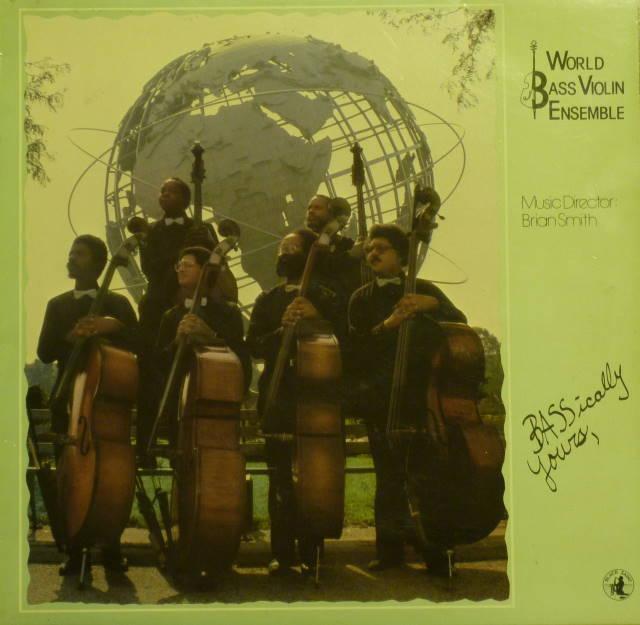
Front row: Fred Hopkins, Phil Bowler, Gregory Maker, Rufus Reid. Top: Brian Smith, Bob Cunningham
photo by Howard Dammon
|
This album is an important contribution to bass history because of his compositions, the musicians playing in it and those who were members of the WBVE at different times.
It is the only album that Brian Smith was the leader for, although he can be found in other recordings.
With the excepton of Moody's Mood For Love, the compositions are all his, dedicated to people who were important to him: Dr. Norma - to Norma Nager; Oppeizm - Oscar Pettiford; Mwanga Rag - to Kunle Mwanga, who wrote the liner notes; A Lease and a Link - to Elizabeth Link (one of my favorites!); And We Thought We Were So Different - For Ernest and Eleanor Smith; and his Moody's Mood For Love is a tribute - I can remember he'd be humming it a lot during that period.
BASSically yours, cannot be found on CD, and the original tapes may be lost.
However, try contacting Black Saint Records, Giovanni Bonandrini, or, if you have a friend who's got a copy, check it out by all means!
|
|
|
THE WORLD BASS VIOLIN ENSEMBLE
BRIAN SMITH, MUSIC DIRECTOR
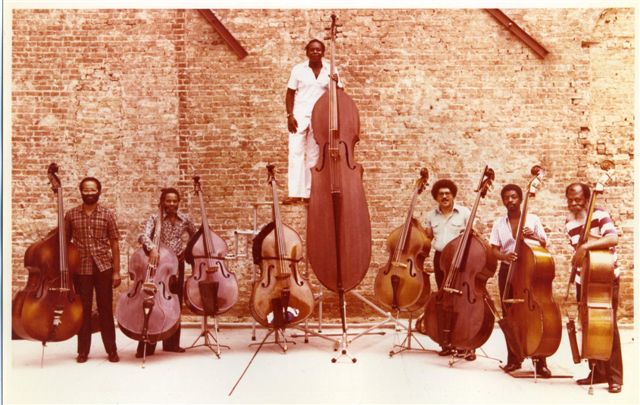
- An earlier incarnation: Gregory Marker, Bob Cunningham, Brian Smith holding Euturpa, Rufus Reid, Fred Hopkins, David Moore
|
Bian Smith is a member of the AACM musicians from Chicago. He studied composition with Muhal Richard Abrams, and while he was a member of the Chicago Civic Orchestra, he was the first recipient of the Charles Clark Memorial Scholarship, Fred Hopkins being the second. He has performed and recorded with Henry Threadgill, Roscoe Mitchell, and many others.
Being a mixed-media sculptor, I dug Brian's craftmanship. He came across "the largest bass in the world," made in the 1920s, it was about 14 feet long, and an octave lower than a regular bass. After buying it from the maker's son he repaired it and improved its sound, naming "her" EUTURPA after a Greek goddess of music. He actually revived that base. It had been stored away for decades, and after Brian put a new bridge, sanded it, stained it, new varnish, it was resurrected. Euturpa was so tall that he built a stand for her to be erect, and another for him to play it.
Here is a recollection by Norma Nager on Brian's work on Euturpa:
"when Brian was searching for strings to 'fit' Euterpe his former teacher(I think he was head bassist for the Chicago Symphony Orchestra was in NYC and came to visit), he made arrangements for Brian to obtain thicker and thicker, or we might say fatter and fatter strings until he got the 'perfect' sound. I believe I remember Brian explained to anyone who didn't understand the size of the strings was important to get the best sound from this wonderful bass. The man who provided the strings was based somewhere in Florida; he never charged for all those copper wires involved in creating many sizes of strings.
Once the bass was honed to a beautiful shine - several months of living in this tiny apartment with a 13 foot bass! (But the commitment was admirable) - B/4 he could play it he had to make sure the low sounds could be heard. I was chosen to listen and had no faith in my ability to hear those deep low sounds; but after a couple of seconds I did! It was quite an experience and I still appreciate [it]."
I'll never forget an incident in his apartment which was then on West 56th Street in Manhattan. A small apartment, he bumped into one of his basses. It hit the floor with a sudden explosion of strings snapping and wood flying apart. This began a slow process of him re-building it, with occassional suggestions from a luthier. I'm not sure how many bassists do that, but it was similar to some of my processes when I'm working.
|
|
|
THE WORLD BASS VIOLIN ENSEMBLE - PRE-ALBUM
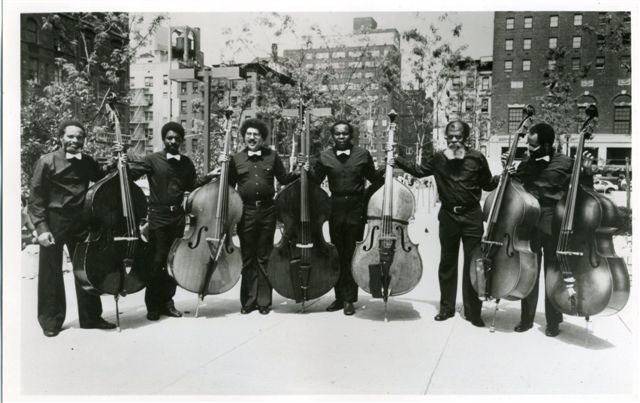
The ensemble would often wear black shirts and pants with white bow ties.
|
Here are Brian's words on the World Bass Violin Ensemble's background and evolution:
"The WBVE was formed in the summer of 1979. It stems back to Chicago, a predecessor of this group being the Chicago Bass Quartet, which consisted of such members as Fred Hopkins,
Rufus Reid, Milton Suggs, Leonard Jones, etc. About the same time a group to be called X-75 was realized by Henry Threadgill, consisting of voice, four woodwind instruments and four
basses (Douglas Ewart, Joseph Jarman, Wallace McMillan, Henry Threadgill, Fred Hopkins, Leonard Jones, Rufus Reid, Brian smith, Amina Claudine Meyers, later recording for Arista/Novus
Records. Inspired somewhat by the New York Bass Violin Choir, directed by Bill Lee, after the NYBVC dissolved and the seed was planted, came the WBVE to carry on the tradition as well
as to add and explore.
"Bassists need other forms of expression and different roles. Usually the bass is confined to one role: keeping time, 4/4 and walking chord changes. Not to say
we don't love this function too, but there are so many other sides and sounds to the bass. Many different functinons are displayed in the ensemble. So, in a sense, the WBVE was conceived
out of real necessity as another avenue to further explore and develop the bass and the players as well as the public to the contra-bass violin, more commonly known as simply the bass.
Brian W. Smith, Mus. Dir."
|
PROGRESSIVE MOVEMENT
| |
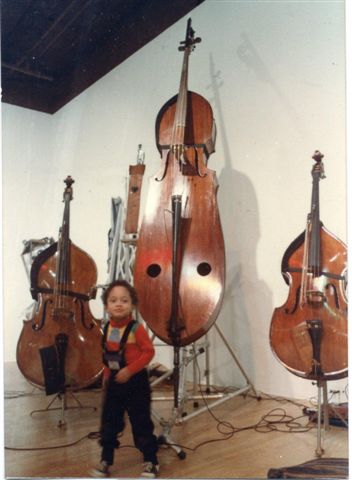
1984: Future dancer Amon Bey at 4 years, running amongst his godfather's basses. Note the change in Euturpa with the two holes.
Photo by (c) Norma Nager, 1984
|
|
|
|
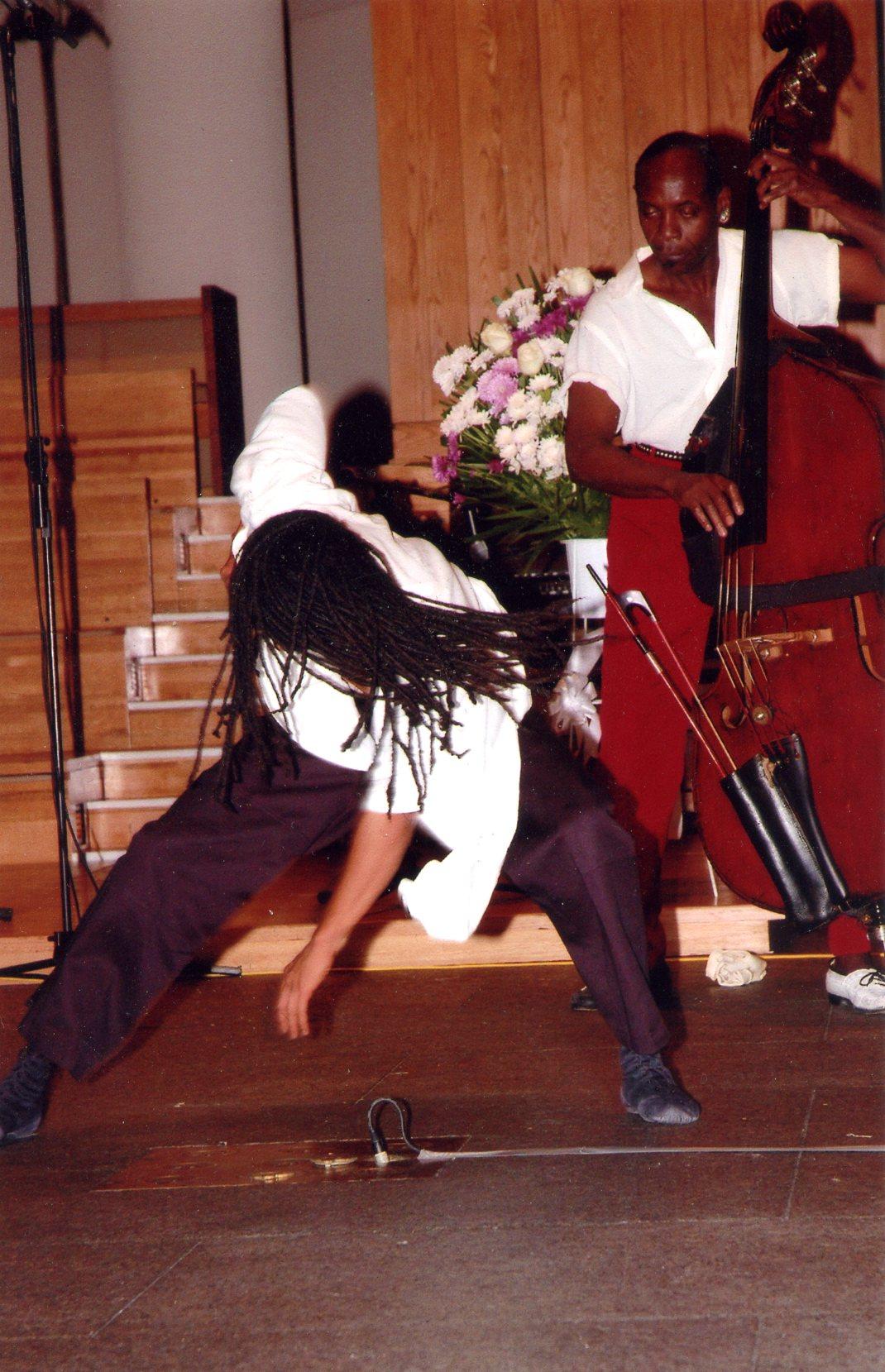
2006 Amon Bey dances at his mother Milene's memorial, in a duet with Brian.
Photo by (c) Alex Allen, 2006
|
|
TWO WORLD VIOLIN BASS ENSEMBLE PROGRAMS
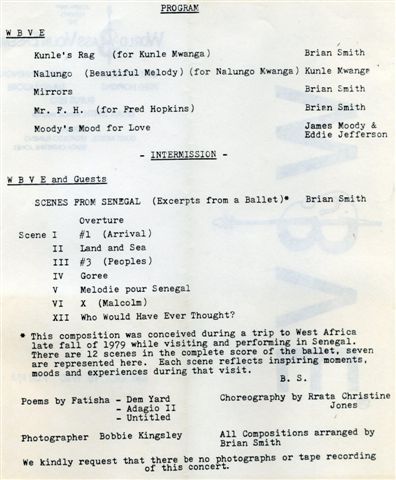
|
This is a program for a performance held at the New York Shakespeare Festival Public Theater, October 18, 1980. It featured Lisle Atkinson, Bob Cunningham, Fred Hopkins, David Moore, Rufus Reid in the World Bass Violin Ensemble.
|
|
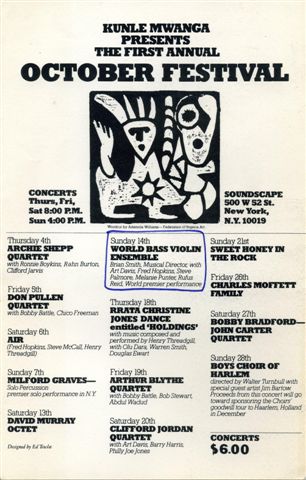
The WBVE made its debut here.
|
The World Violin Ensemble was not only about the work of Brian Smith, but also the many musicians who played in the ensemble, not only those mentioned and shown here, but such luminaries as Reggie Workman, and Thurman Barker on drums accompanied them on several
occassions.
The context of the time - post loft through the early 1980s - is notable; and a perusal of the list of musicians playing in the ensemble's debut above gives a good idea of the time.
|
|
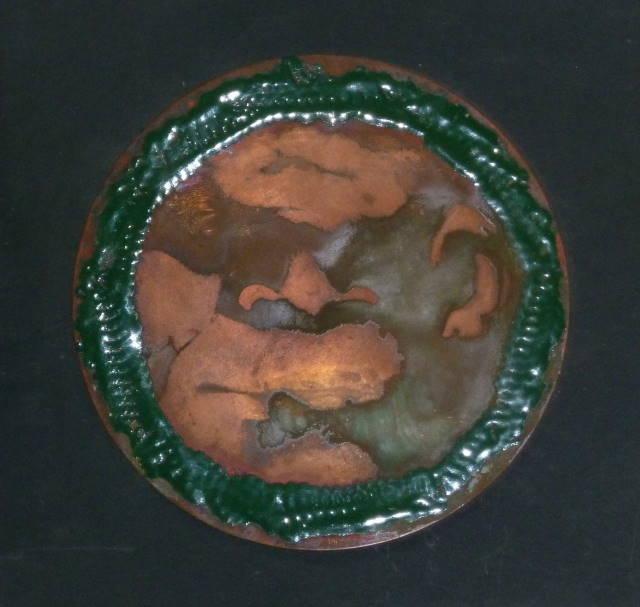
BRIAN SMITH, (C) Amir Bey, 2004 copper, enamel, on foam core, 12"x 12"
|
This portrait of Brian is from a series of etched copper portraits with enamel I did circa 2004.
|
|
| | |